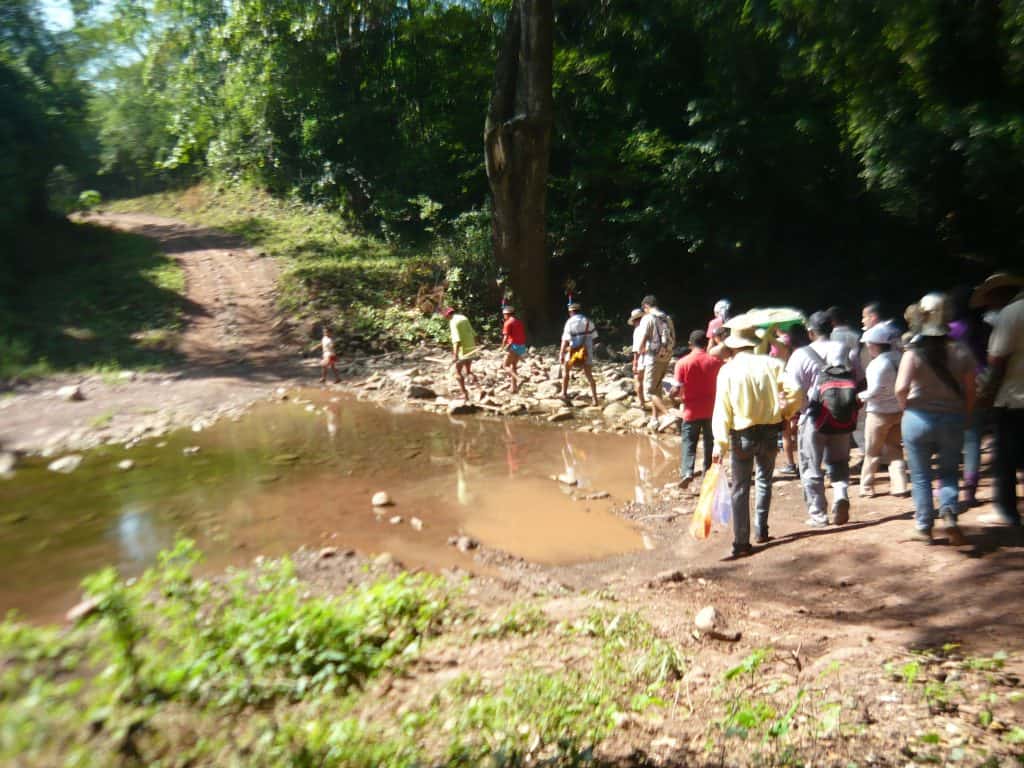
The World Water Day commemoration this year is focusing on groundwater:
“Making the invisible visible”. (UN)
On March 21 the United Nations launched a World Water Development report in conjunction with World Water Day to provide decision-makers with knowledge and tools to formulate and implement sustainable water policies. The observance of this day started in 1993 to raise awareness of the two billion people currently living without access to safe water around the planet.
This article will focus on the situation of water for the Wayuú communities in La Guajira.
Water in Colombia
While Colombia experiences three times the global average of rainfall per country, the water distribution is uneven. The large majority of freshwater is located in the Amazon Basin and the department of Chocó.
According to Water Aid 1.2 million people in Colombia live without access to clean water.
Regions such as the Guajira Peninsula, in northeast Colombia, experience high levels of aridity and contain one of the country’s largest water deficits, rendering it prone to droughts. The Colombian government’s Institute of Hydrology, Meteorology, and Environmental Studies (IDEAM) has also classified La Guajira as a region vulnerable to the effects of climate change, foreseeing a further increase in temperatures alongside the reduction of rainfall in future.
President Iván Duque’s government introduced the “Guajira Azul” program, which includes plans to bring fresh clean drinking water and basic sanitation to the area; two goals that form a part of the sixth UN Sustainable Development Goal of access to clean water and sanitation. It forms a part of a larger social initiative for the peninsula, administered by Colombia’s Housing Ministry. The plan aimed to increase the rural coverage of water (4%) to 49% by 2021. According to The Institute of The Development of Peace (Indepaz) the governmental plan doesn’t offer a permanent solution as the water doesn’t reach any of indigenous households.
It is within this context in La Guajira that the Cerrejón open pit coal mine – jointly owned by British-registered multinational giants BHP, Anglo American and Glencore (until January 2022 when BHP and Anglo American sold their shares to Glencore)- has operated since 1985. Communities that live adjacent to the mine have seen over three decades of exploitation as a result of this ever-expanding mine, which generates millions of pounds and allegedly polluted their rivers.
As recently noted by the UN Special Rapporteur on human rights and the environment and endorsed by seven other UN rapporteurs, the Cerrejón mine is ‘the largest water polluter in the region’, and …’not only diverts and uses a huge number of streams and tributaries, but also pours back water contaminated with heavy metals and chemicals’.
After more than 14 court rulings that ratify the violation of rights by Cerrejón and the Colombian State to the rights of the Guajiros communities and territory, the case has been taken to the Organisation of Economic Cooperation and Development (OECD).
In January 2021, a joint complaint was submitted to the Organisation for Economic Cooperation and Development (OECD). (See full complaint document here).
While ABColombia celebrates the communities’ courageous efforts in seeking their own protection from the Courts, more cohesive action is required by the State in implementing water-related programmes and protection for communities.
In 2020, UN special rapporteur on human rights and environment, David Boyd, highlighted the existing gap between the leading environmental laws and policies present in the Colombian constitution and their implementation.
As a means to overcome these challenges, water security investments must be considered a key component in Colombia’s Territorially Focused Development Plans (PDETs).
